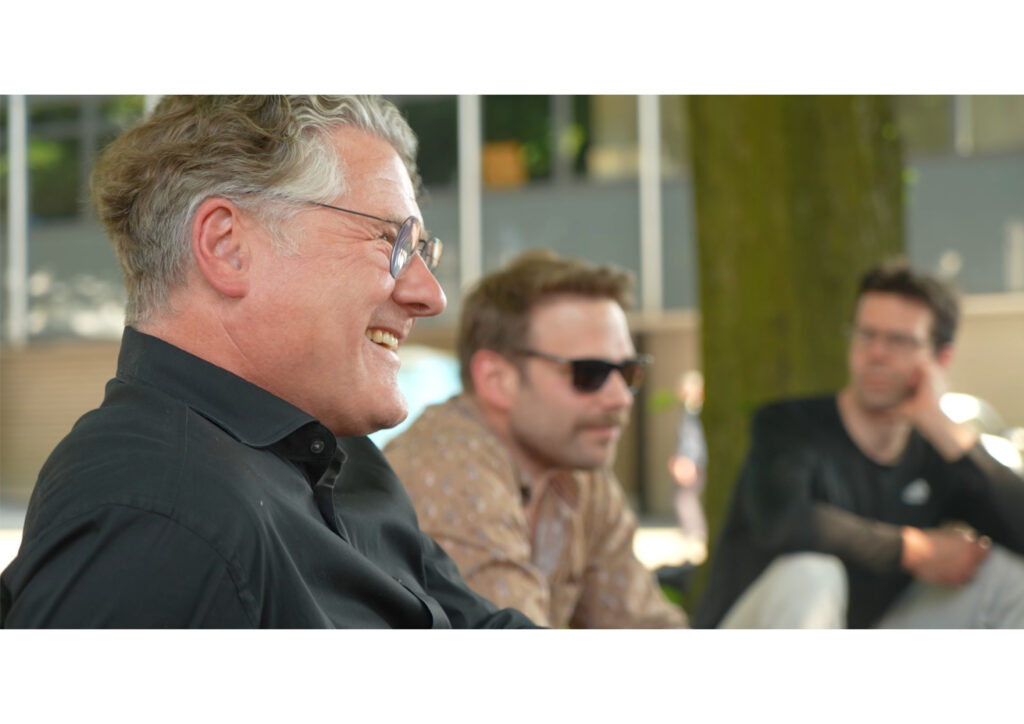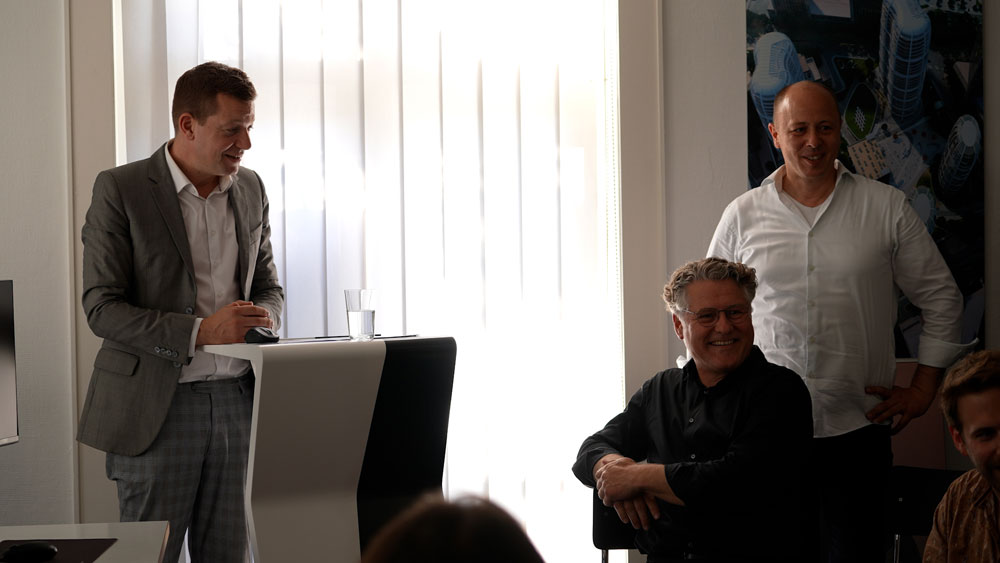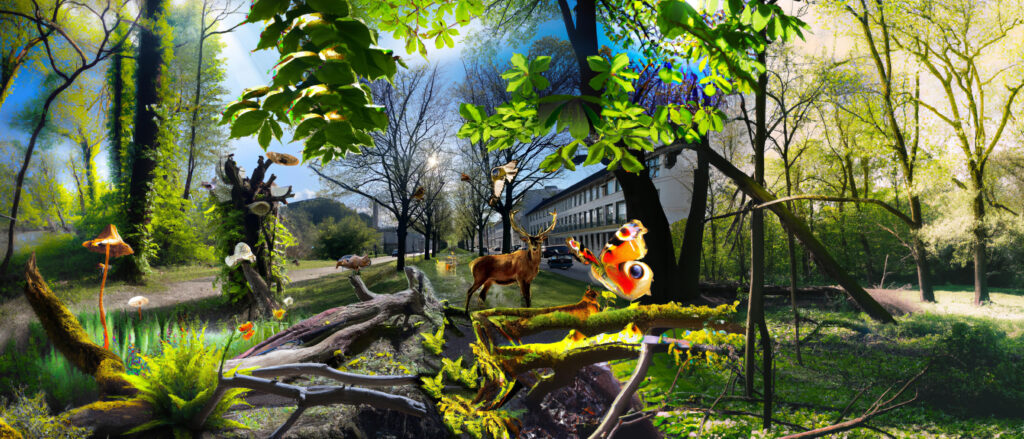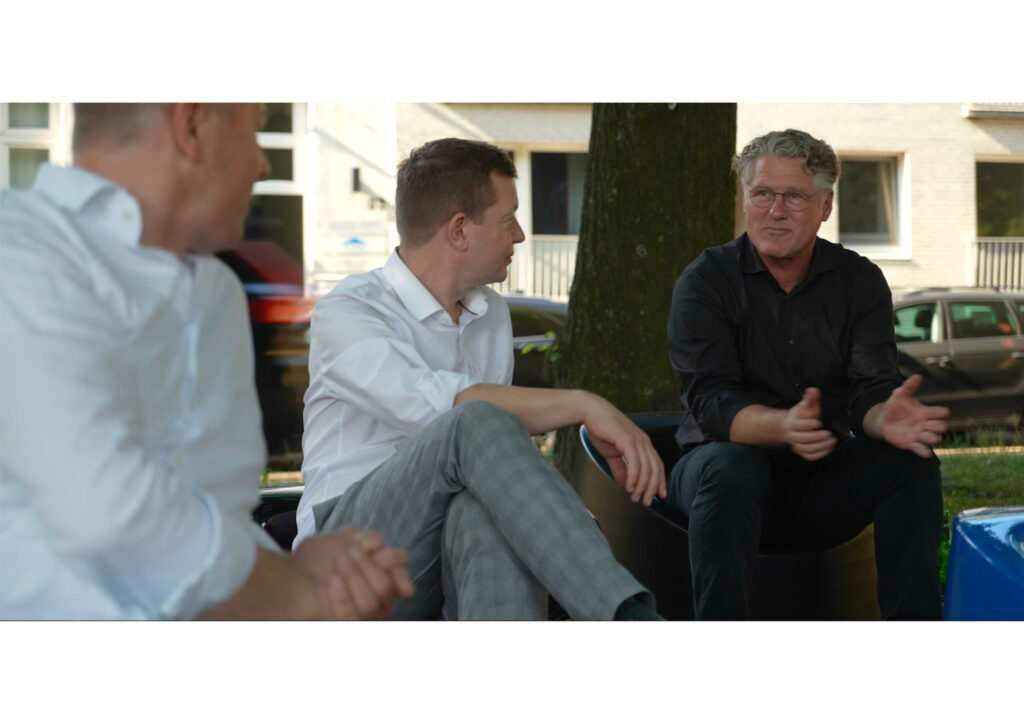P82 Symposium mit dem Gast: Reiner Mertins, Mertins Landschaftsarchitektur

Reiner Mertin’s view of the Palmaille is characterised by its historical playful function:
‘For me, the Palmaille is above all a place that got its shape and also its name from a historical activity: paille-maille was a 16th and 17th century ball game and a forerunner of croquet. The Palmaille is depicted on historical maps as an avenue with a large central strip where the game could be played. The game was played on a long paved track, at the end of which an iron hoop was suspended above the ground. The aim was to hit a ball along the track and through the hoop with as few strokes of a wooden mallet as possible. Personally, I find it very charming when places have a history that you can still recognise in the present day – if you are interested. Apart from that, the Palmaille has of course always been a transport route and an inhabited transport route at that. It therefore combines several functions that are very useful for people in the city.’

In his presentation, Reiner Mertins emphasises the tension between the desire for greener cities and the required density:
‘Cities should become greener, that’s the trend of the times. The expectations of our contribution to the project as landscape architects are correspondingly high. The site will be completely built on. Greenery can therefore only take place directly on or near the building. A building is not the natural location for the lush volume of greenery that one imagines. Technical assistance is required. A lot of coordination work between the building architect, building services planner, structural engineer and us landscape architects is necessary to achieve the desired green mass. The client has to pay for the construction work and ensure the long-term survival of the plants. As a society, we need to discuss the extent to which this effort is really worthwhile from an overall ecological perspective. The added value achieved through greenery must ultimately justify the increased use of energy and resources for construction and maintenance.’

Natural succession’ – leaving the green strip to its own devices – represents a possible future for the Palmaille. The AI illustration shows what happens when nature ‘reclaims’ the green space.
Mertins Landschaftsarchitektur observes not only the German but also the European and Scandinavian landscape architecture scene. In Copenhagen, for example, there are approaches where traffic islands are not just planted with lawns, but real ecosystems with biodiversity, deadwood and forest paths. The question arises as to whether this can also set a precedent in this country.

Dieser Beitrag ist auch verfügbar auf: German


